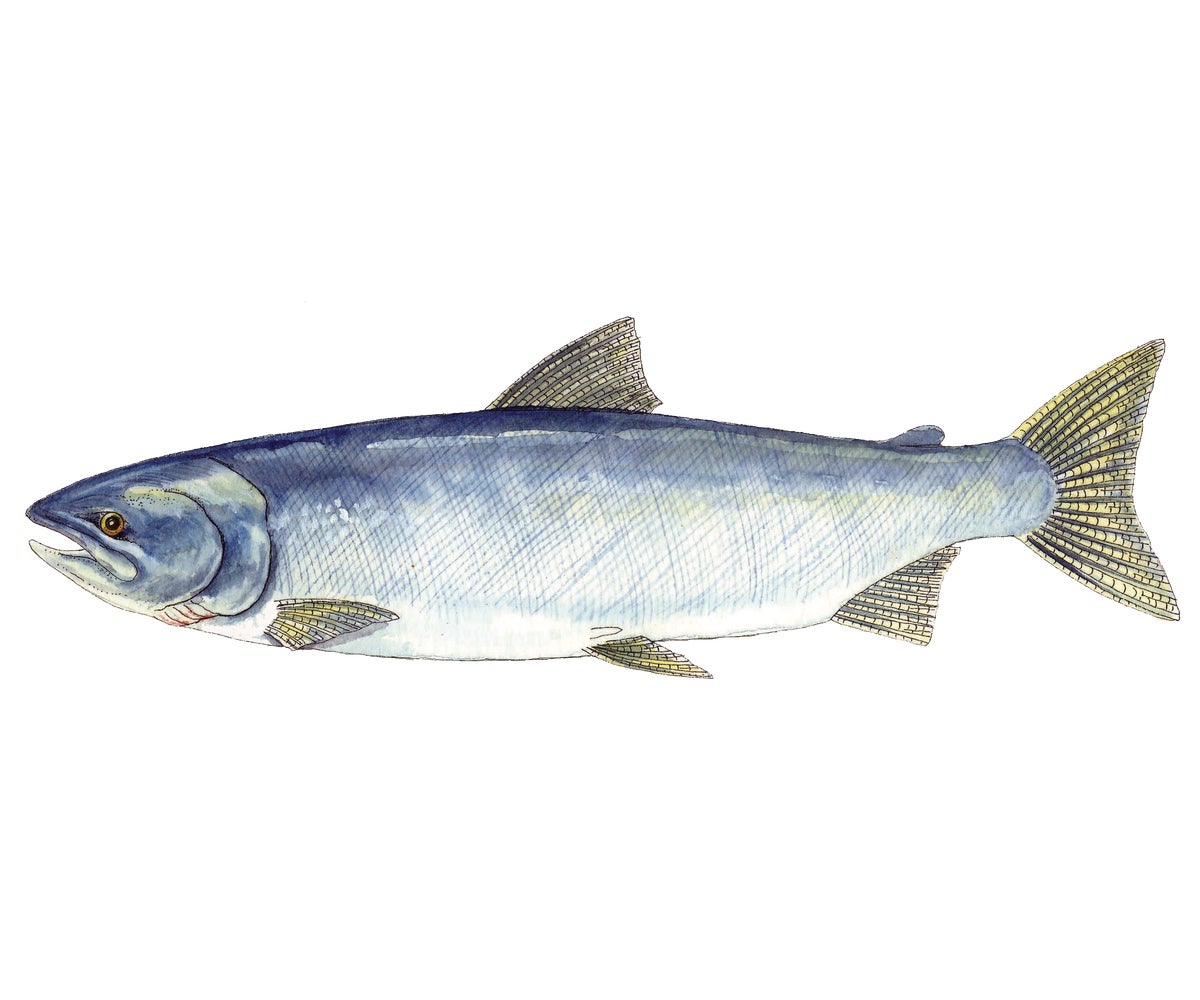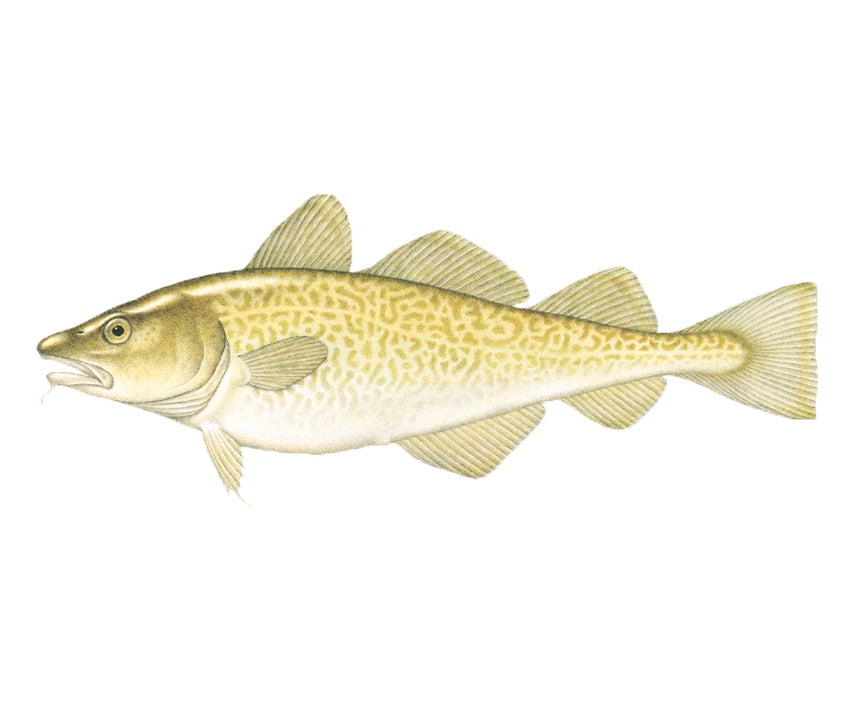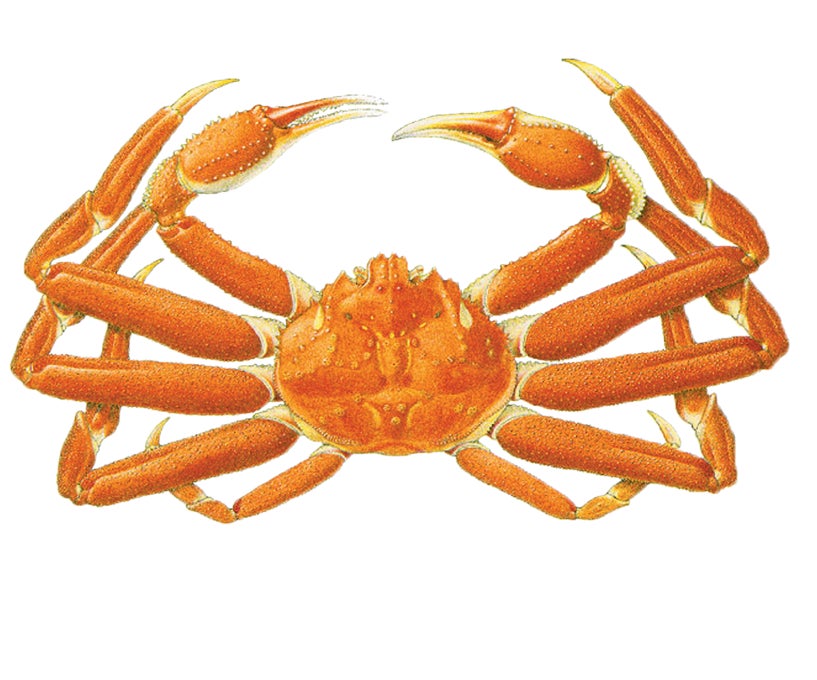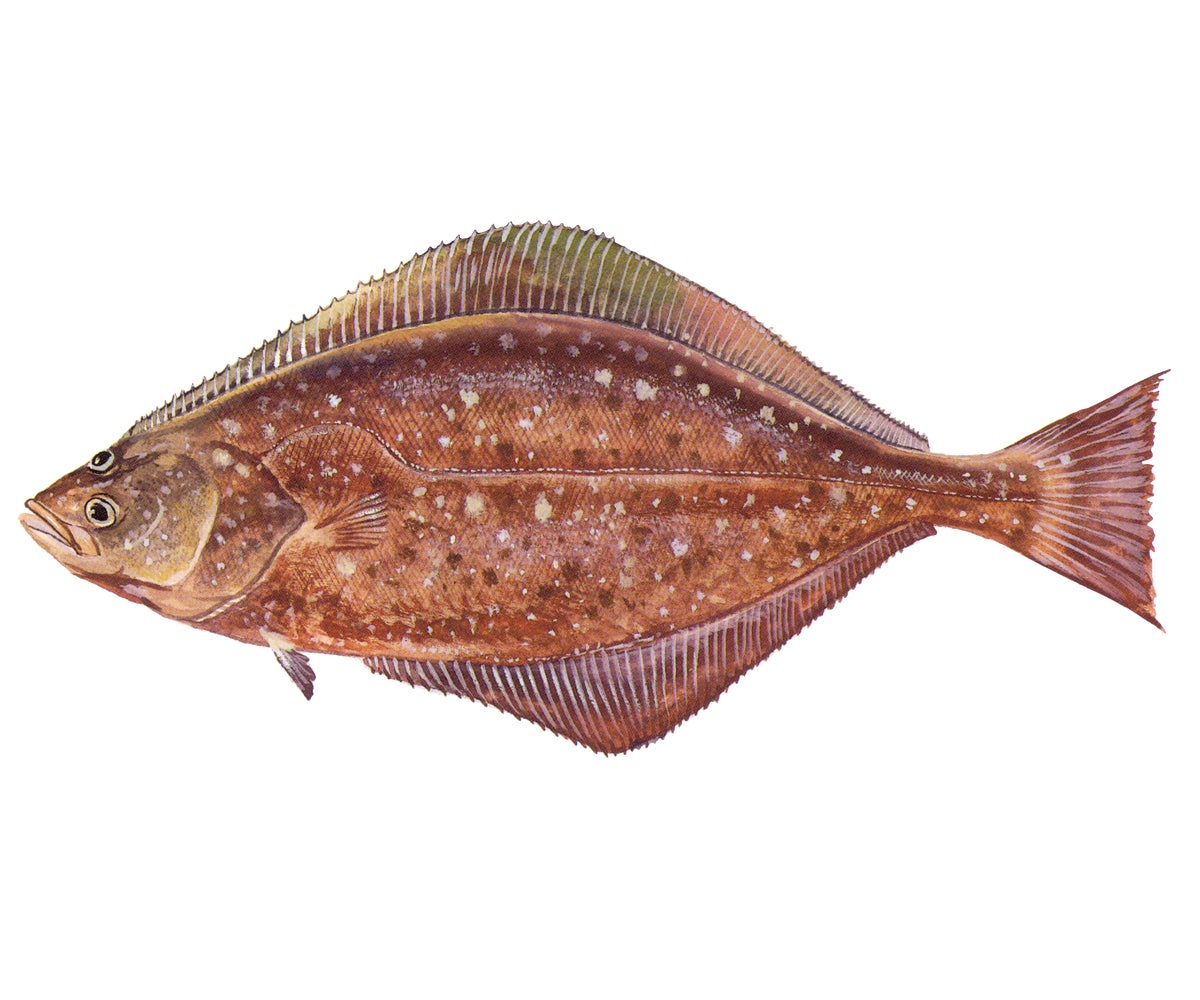
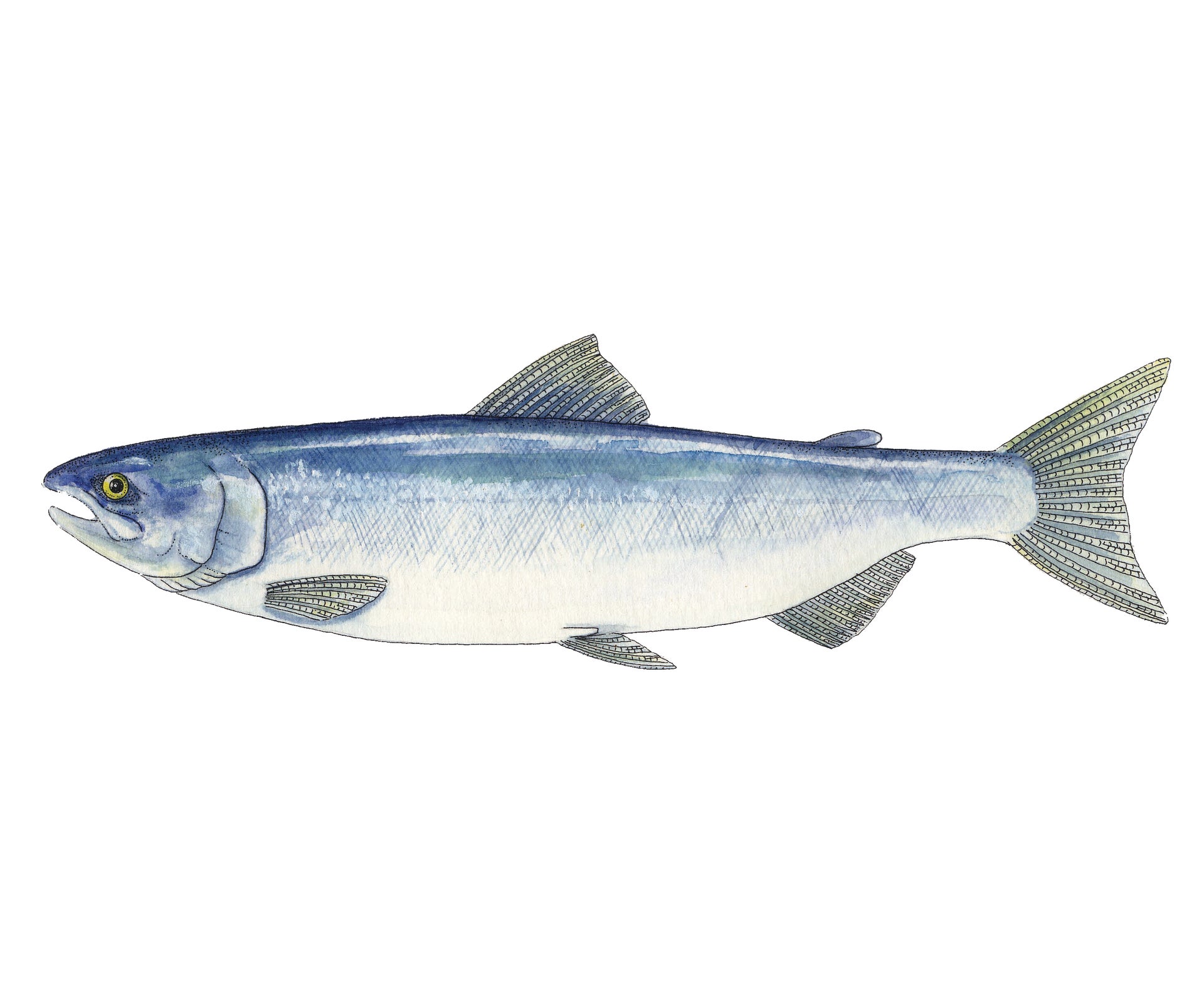
Alaska Sockeye Salmon
Oncorhynchus nerka
Wild Alaska sockeye salmon are also known as red salmon because of their deep ruby-red meat color. This stunning color comes from the tiny krill that make up much of their diet in the wild. Sockeye are caught throughout the state, but the world’s largest sockeye salmon run happens each summer in Bristol Bay in far western Alaska.
Benefits and Nutrition
Alaska sockeye salmon stands out among the various types of salmon from the region, boasting the highest levels of protein and vitamin D. This rich and flavorful fish not only delivers 730 mg of beneficial marine-derived omega-3 fatty acids in every 3-ounce serving but also provides more than the daily recommended intake of vitamin B-12. Enjoying sockeye salmon is not only a delicious choice but also a nutritious one, making it an excellent addition to a healthy diet.

Sustainability
In Alaska, sustainability is enshrined in the state constitution. It mandates that fish must be "utilized, developed, and maintained on the sustainable yield principle," ensuring that wild sockeye salmon can thrive in Alaskan waters for generations to come. As a natural resource, the number of salmon that return to freshwater to spawn varies from year to year. Fisheries managers in Alaska rely on the best available scientific data to establish "escapement goals," which ensure that enough fish return to the spawning grounds to reproduce. Biologists take into account the natural fluctuations in salmon populations and manage the fisheries in real time to protect the sustainability of Alaska's wild sockeye salmon. Additionally, Alaska salmon is certified by both the Marine Stewardship Council (MSC) and Certified Seafood International (CSI).
Learn More
Capabilities
If you are looking for an ingredient solution or product innovation using Alaska sockeye salmon, we are happy to help.
Contact Us
